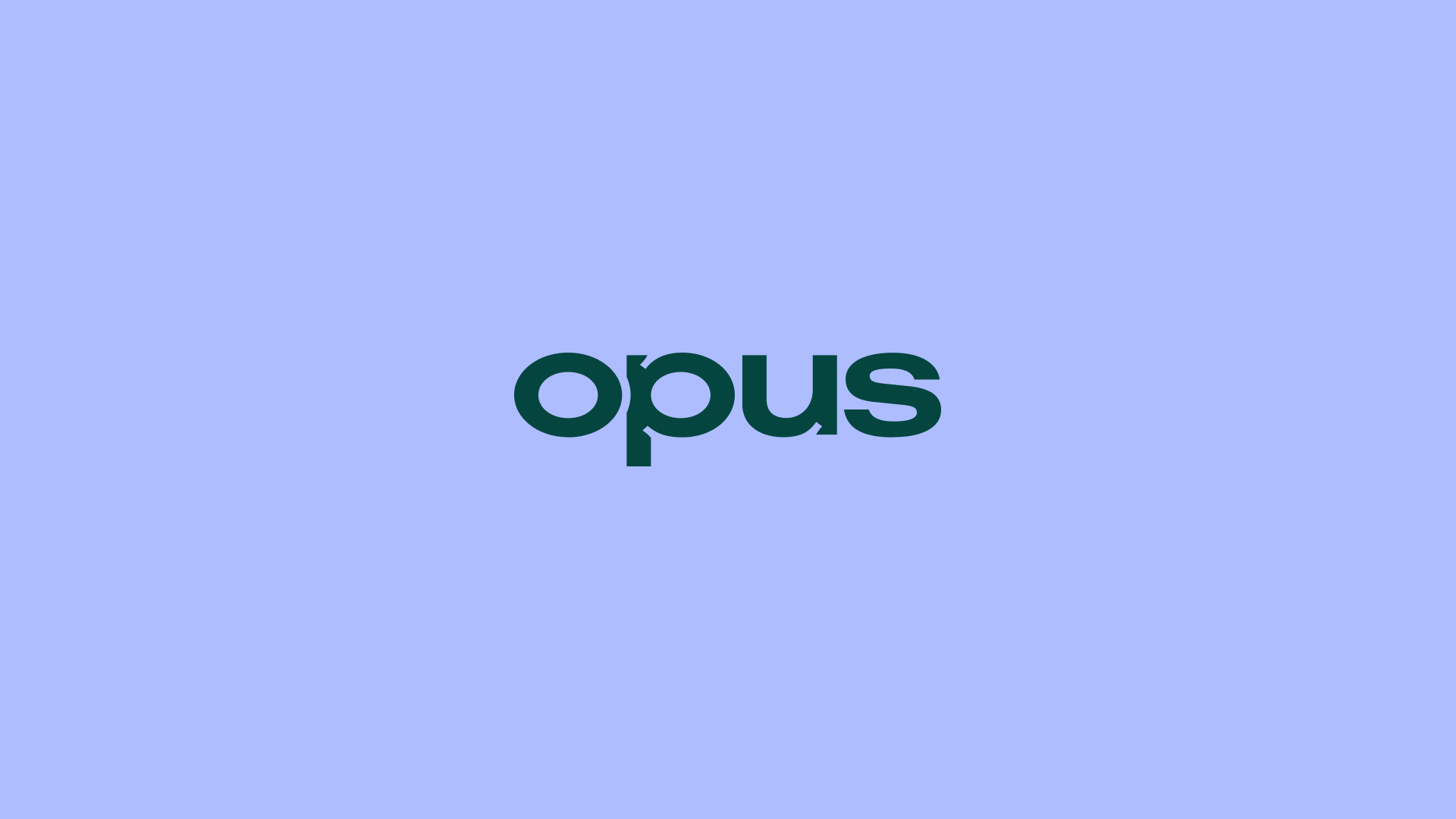The challenge of content creation can be overcome with the right approach. Investing in your employee's training can lead to more sales and the chance for a happier, more engaged, and productive workforce. Generating employee training content does not have to be difficult. We’ve come up with a list of tips to help you succeed in creating effective training material.
Keep It Simple
KISS (Keep It Simple Silly) is a common phrase in any profession and it applies to training as well. Training directors agree that creating training material is hard but the key is to keep it concise and simple. The goal of this approach is to have any employee look at the material, whether they work at their establishment or not, and be able to understand the message.
Be direct. Communicate clearly. Less is more.
Training should be simple, clear, and concise. This leads to non-negotiable expectations. They’ve found that when keeping training clear, managers can smoothly hold their frontline teams accountable. Some tips when keeping content simple is to lessen the use of complicated terms or hard-to-follow jargon.
Great Reads on Employee Training
Lifelong learning is ongoing, voluntary, and self-motivated. It is suggested to head to the library when you run into a mental block. Reading books on people development or business management might get your content creation thoughts moving. Online sources are always great, but make sure to find articles with reputable supporting evidence. When your frontline teams ask “why”, you’ll be able to explain the relevancy and importance of the information being provided.
If the library is out of reach, try doing research in your restaurant, and not in your office. What better way to create content for restaurant employees than to witness the work firsthand?
Here are three helpful books for training directors:
- Employee Experience: Develop a Happy, Productive, and Supported Workforce for Exceptional Individual and Business Performance by Ben Whitter
- The Art and Science of Training by Elaine Biech
- How to Hire, Train & Keep the Best Employees by Dianna Podmoroff
Collaborate with Managers (Especially Operations)
“Always filter through the eyes of Operations.”
Operational feedback is essential. When creating content, make sure to ask the managers in the field and include operations for their input. Requesting your operation team to proofread the content is great. But, having them contribute can boost morale and bridges the gap between the office and operations.
Have a few general managers and district managers form a group peer review and provide suggestions before publication. Employee-generated content is also a great collaboration strategy. Employee-generated content (EGC) is content that has been created by employees in the form of videos, photos, and sometimes social media posts. Some companies have found that EGC can produce more content than what the company can create. A win for efficiency, budget, and morale. When the final product is published, make sure to credit the GMs, DMs, and field workers!
Don’t Be Afraid to Get Creative
Social media is here for reason - use it! You can create eye-catching content through things such as Instagrams stories. This influences you to concise content, as there are time limits on certain forms of media. Match the training content with your company’s “cultural vibe” and make it fun. Short bursts of content can enhance the learning experience in an efficient manner. Adding music, gifs and videos keep the learning light.
Make your training accessible through micro training. Find a technology partner that can help leverage your training delivery needs. Research shows that 98% of frontline employees have a smartphone. Why not deliver training directly to employee phones?
Create an Annual List
Your restaurant might go through many menu changes throughout the year. Limited Time Offers (LTOs), new HR policies, seasonal staffing changes — each of these events is cyclical and by listing out what organizational changes may come up throughout the year, you’ll be able to prepare ahead of time. With documentation, you can keep an eye on what needs to be updated as well. You can use a module map, checklist, or a simple google doc. Here are the top training areas that L&D leaders are planning for:
- New hire training (30 days)
- New hire training (90 days)
- Role-based training
- Limited Time Offers
- Menu and recipe changes
- Supply chain changes
- Leadership continuous development
- HR policies
- Safety compliance
- HR compliance
- Standard operating procedures
- New leader training
Follow up with your team
If you have no system in place for accountability, your training may not be successful. The best delivery method should be partnered up with a system of feedback and accountability. While there are several forms of accountability, one of the most important for training managers is input on the content you have created. Our favorite is using a 5-star system at the end of a course followed by an open-ended question “Why did you list this response?” to get genuine feedback on your course. It creates a learning environment for everyone - even training managers.




.png)


